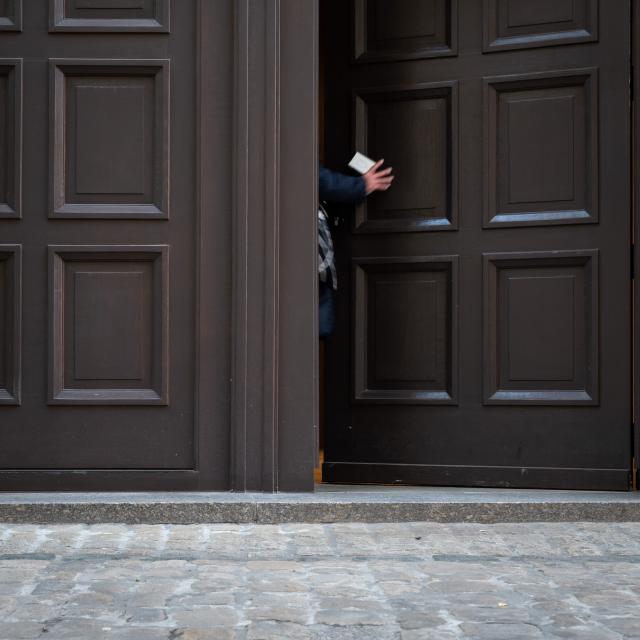Stories of coalitions
By Camille Frati, Lex Kleren, Eric Engel Switch to French for original article
In the Grand Duchy, the art of coalition has been practised without interruption since the Second World War, with its ups and downs. We take a look at this unique form of government and its subtleties with three players from the main parties who have contributed to it in recent decades – Colette Flesch (DP), Marc Spautz (CSV) and Alex Bodry (LSAP).
Coalition governments are not unique to Luxembourg democracy. Parliamentary systems based on proportional representation more often than not produce governments made up of several parties united for better or for worse – until the next elections. In Luxembourg, this has been a two-party system for a very long time, with one constant: the CSV as the dominant party. This explains the earthquake in 2013 when a three-party government was formed without the largest party in terms of seats. The Christian Social Party has still not come to terms with this, even if the comments made by its members have become less virulent over the years. With just a few days to go to the general election to round off this super election year, it is hard to know whether the orange will regain the upper hand against the blue-red-green trio – and whether the parties in the current majority will really be prepared to run again despite the many signs of disunity.
Rather than retrace the course of the coalitions that have governed the country since 1945 – certainly a fascinating but tedious exercise – we have opted for a panorama of the key figures and advances under the eyes of three privileged witnesses from parties that have governed together under different configurations from 1945 to 2013: the CSV, the LSAP and the DP.
You want more? Get access now.
-
One-year subscription€185.00/year
-
Monthly subscription€18.50/month
-
Zukunftsabo for subscribers under the age of 26€120.00/year
Already have an account?
Log in


